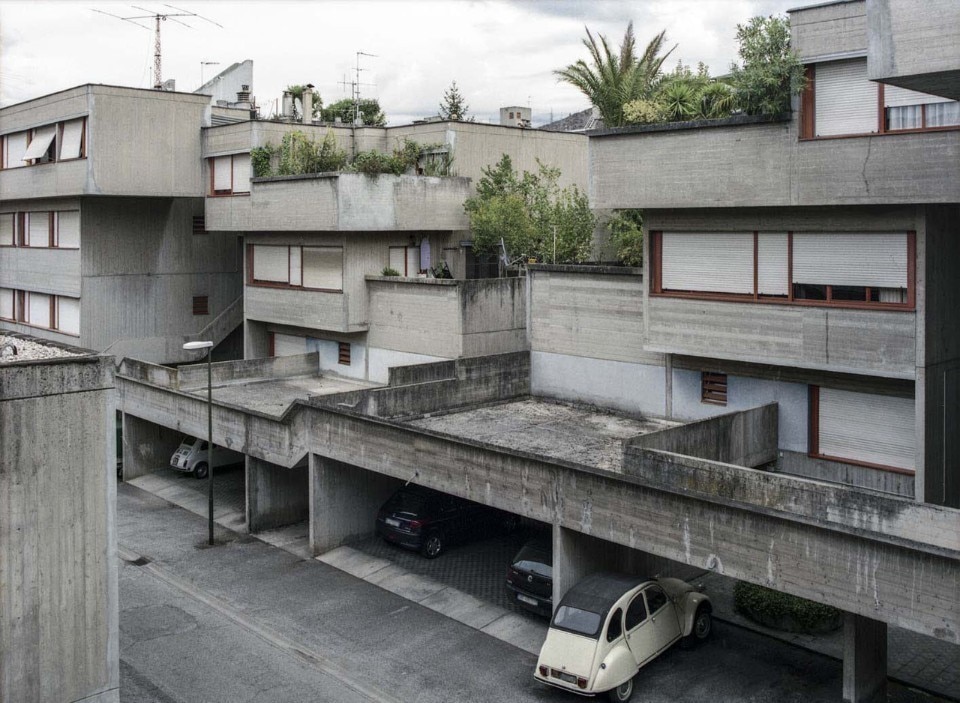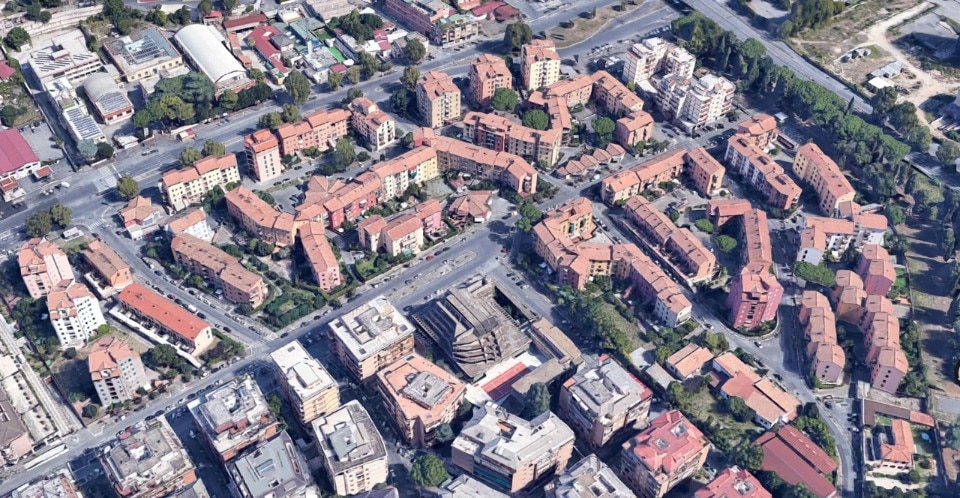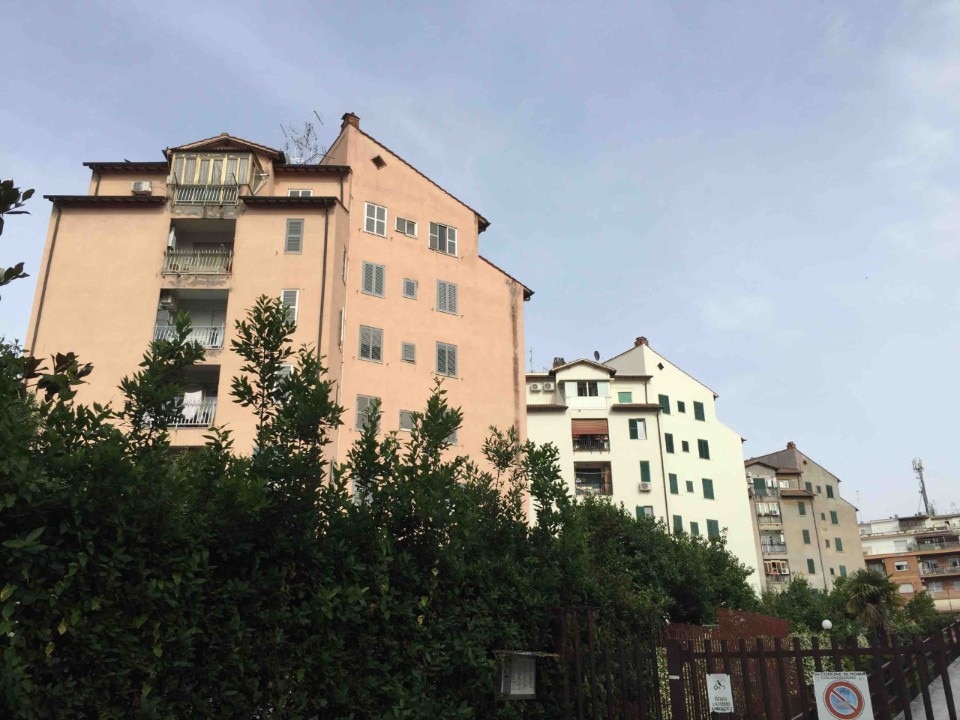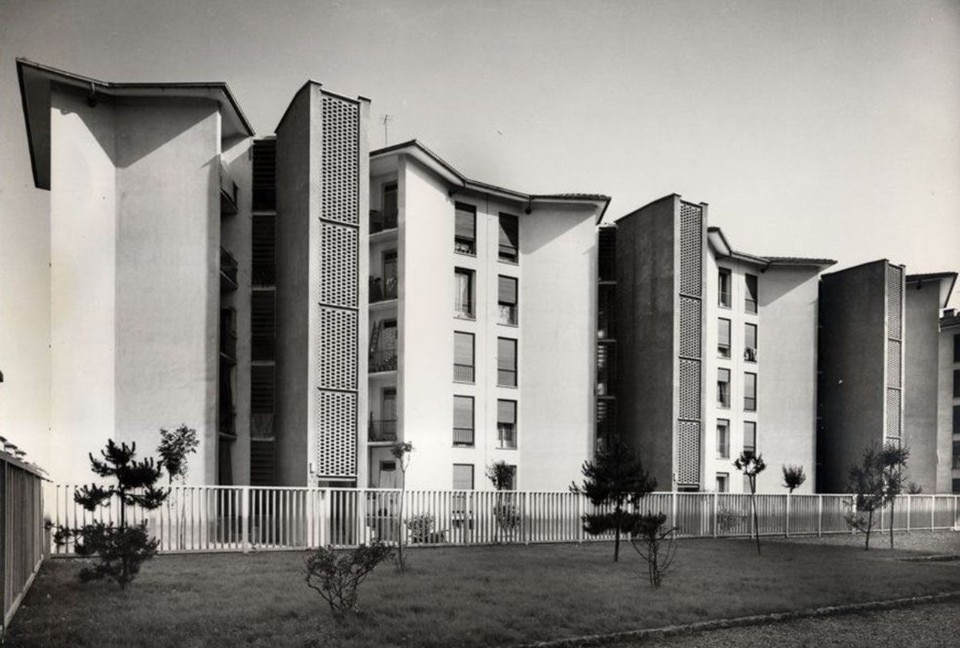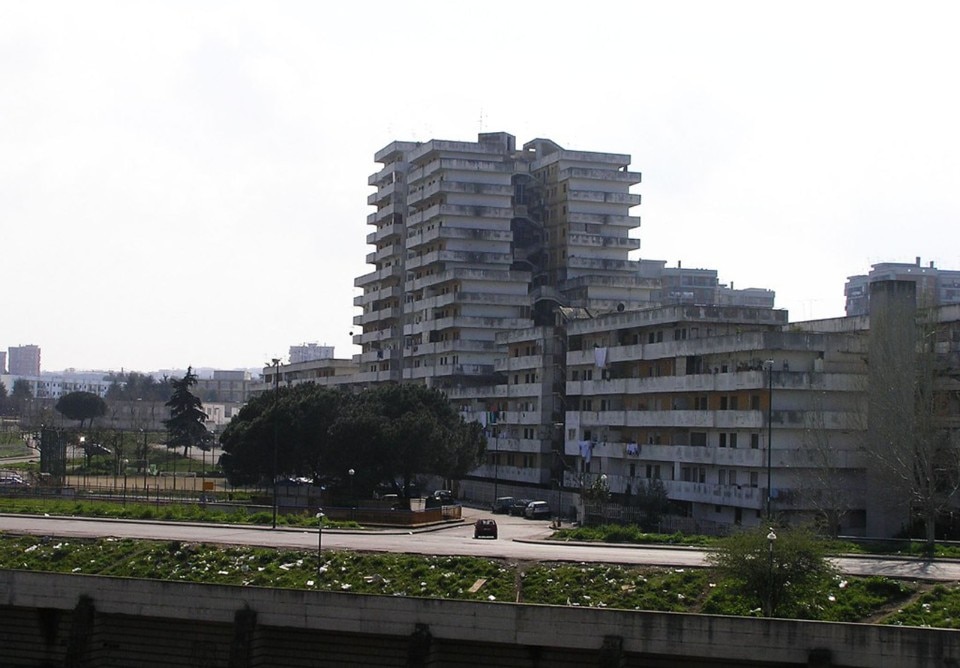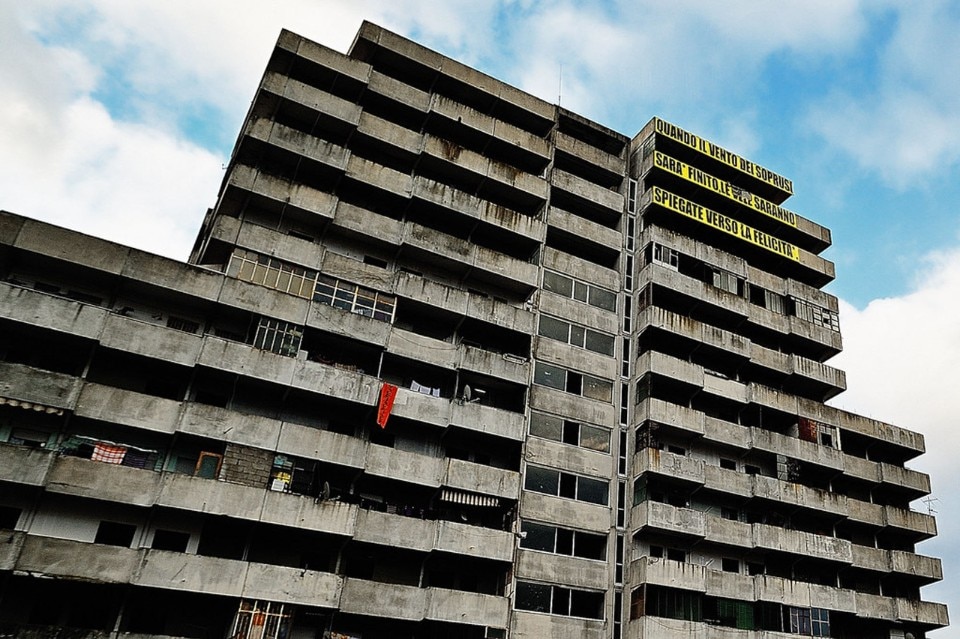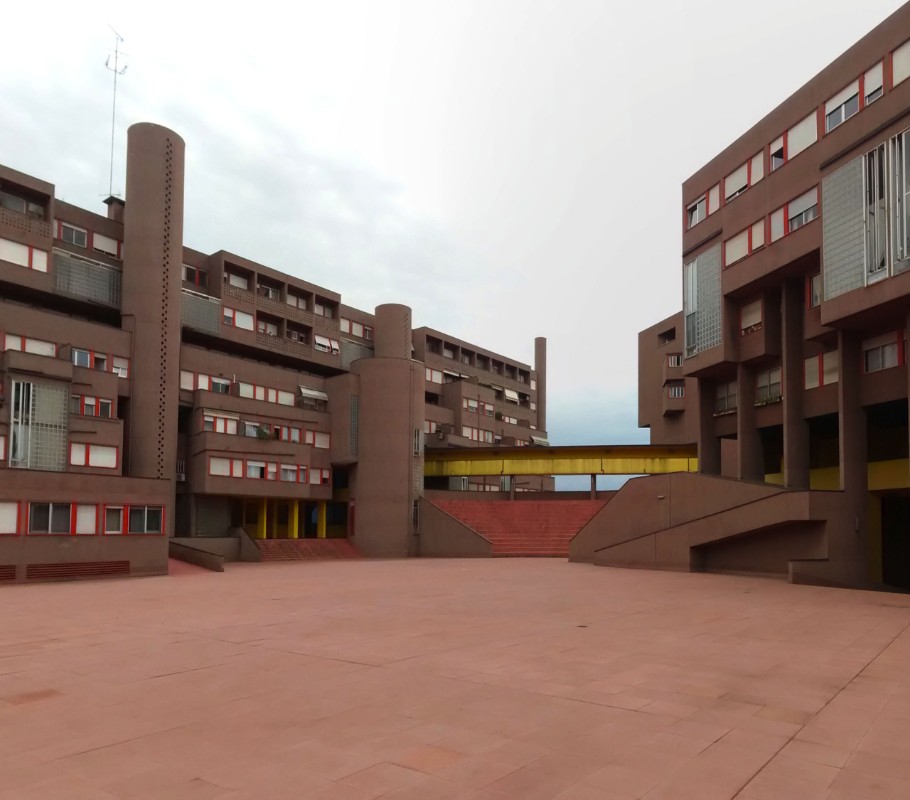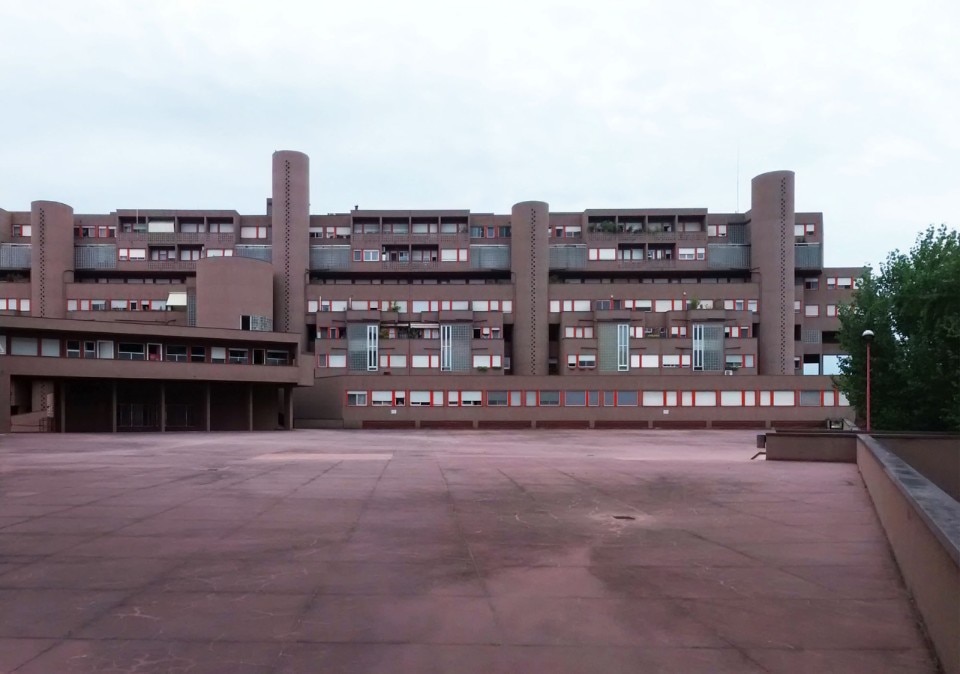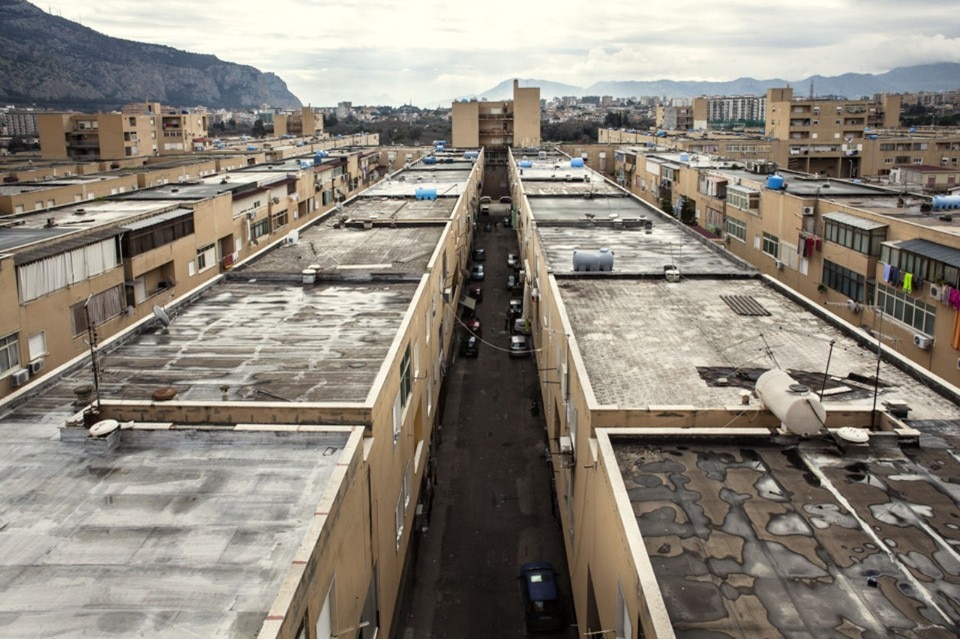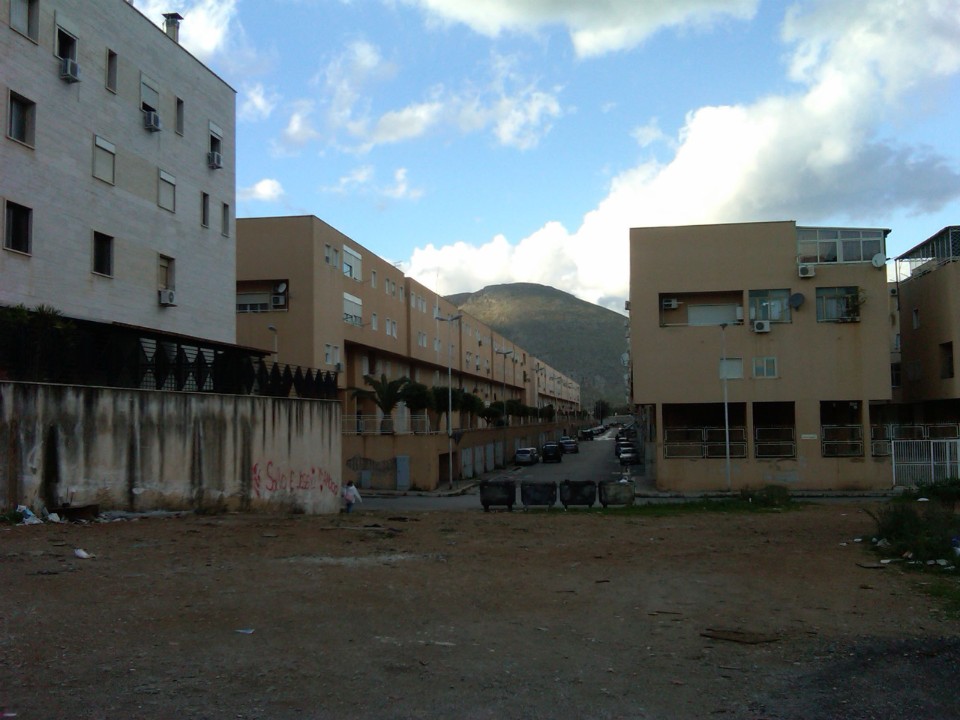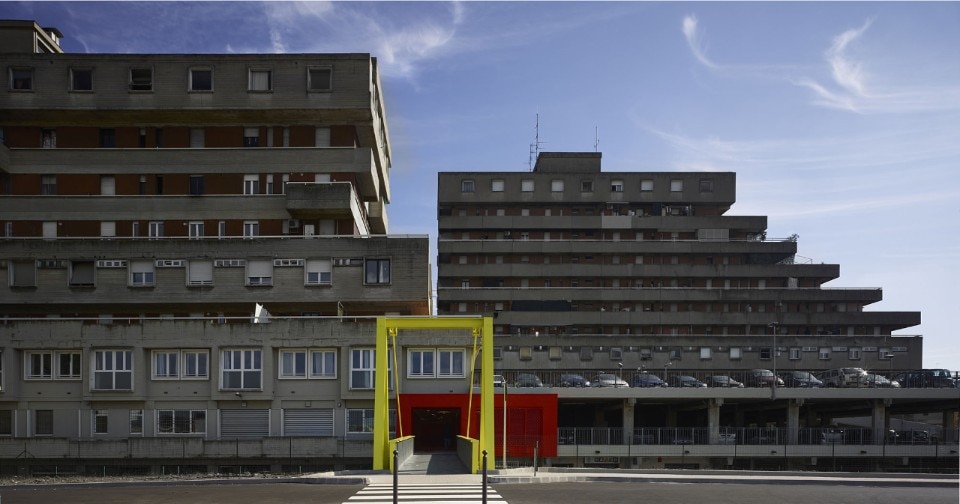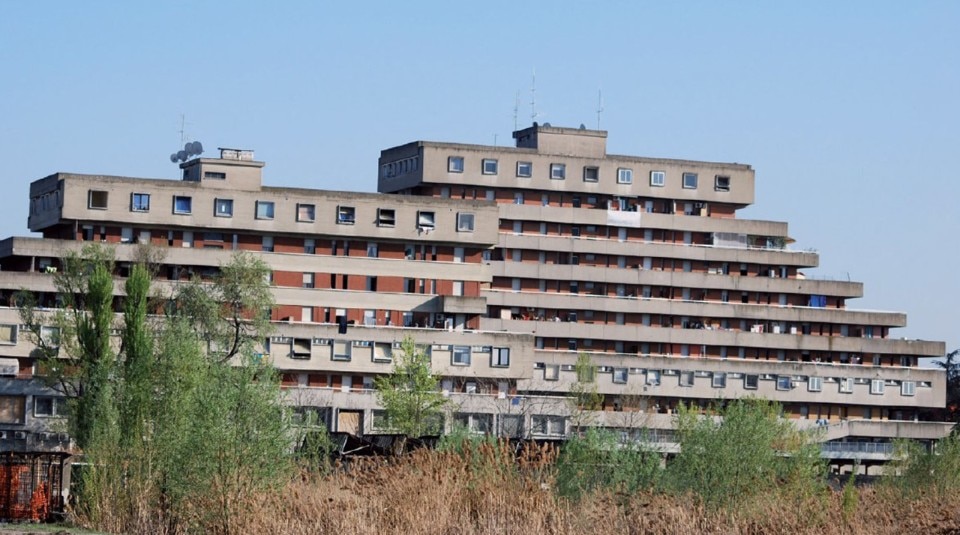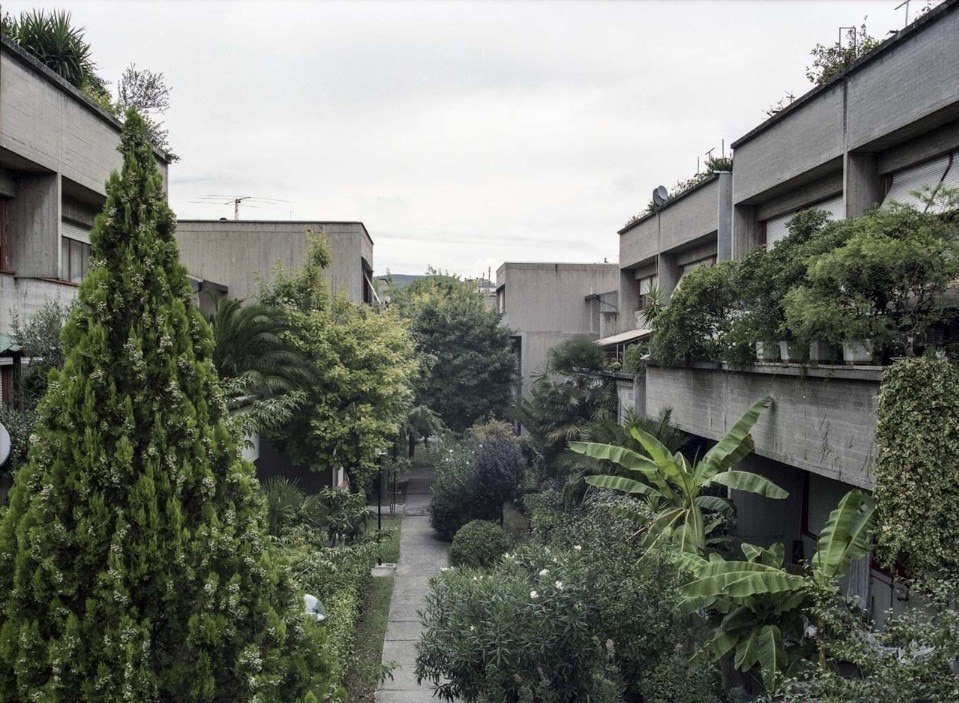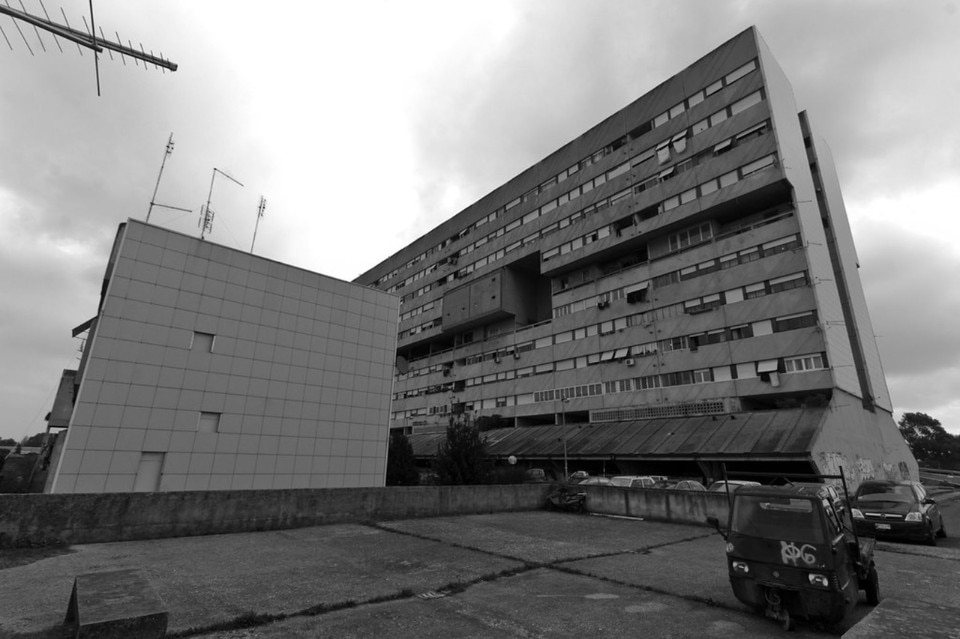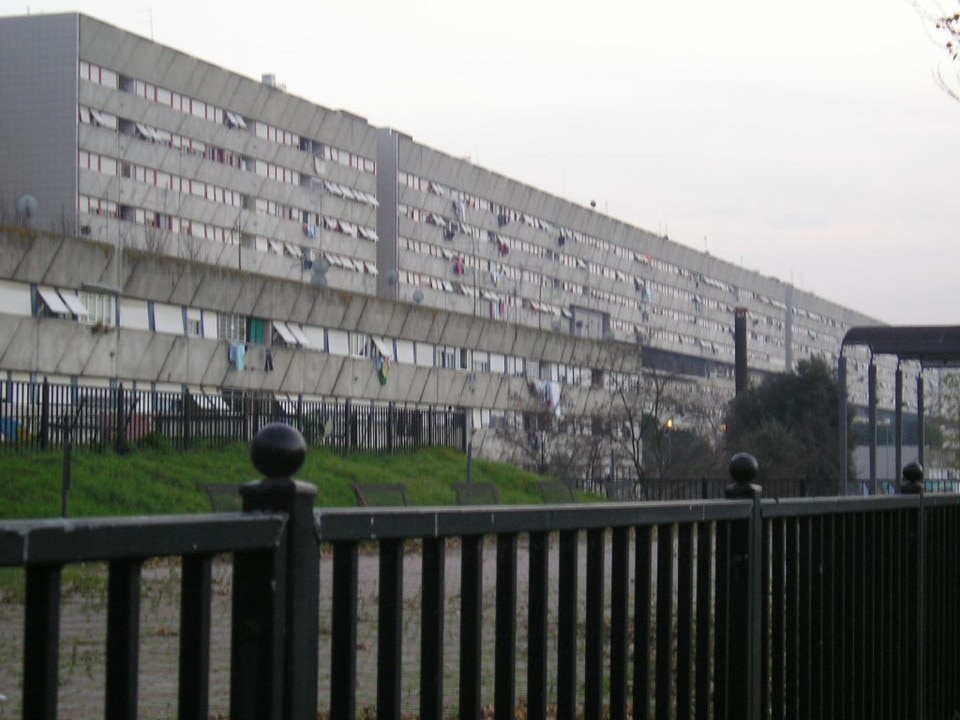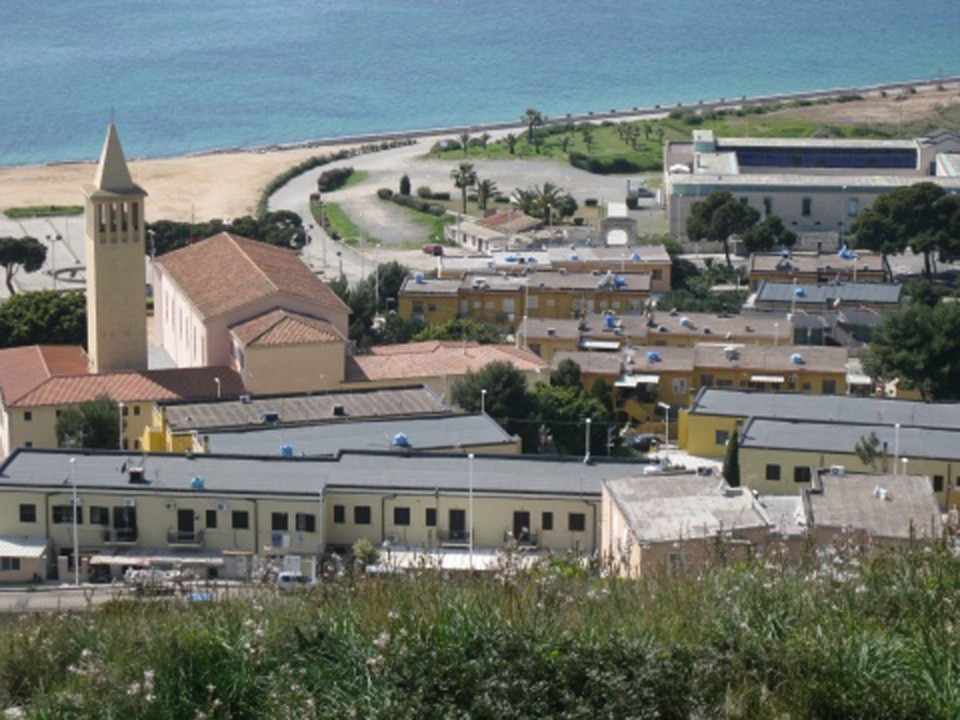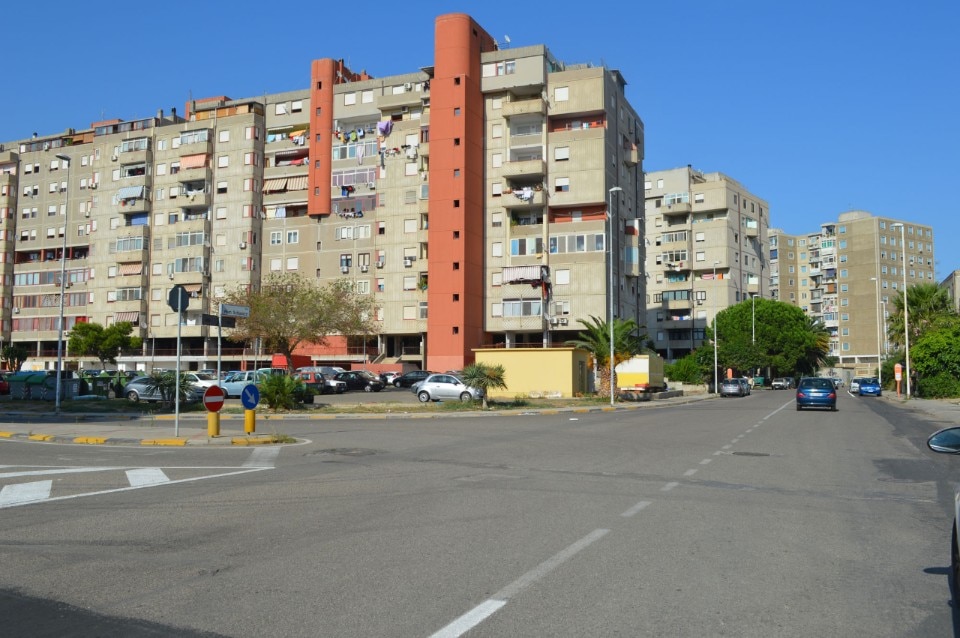Ernesto Nathan Rogers used to say that “the corpses of architecture remain unburied”. And this is what has happened to many residential projects in the Italian suburbs which, by offering the poorest members of society housing worthy of being called “home”, testify to a desire to redeem society from poverty and discrimination. As early as the time of the industrial revolution, visions of an ideal city conceived to optimise the quality of life of workers (Villaggio Crespi) were developed but it was especially in the post-war period that the suburbs took on a “pilot” role in the genesis of new urban policies.
Amidst the ruins, Italy awoke from the nightmare to rebuild not only physical space but also consciences, starting with a radical rethinking of the issue of council housing and developing a process of revision of previous urban models and languages: between 1949 and 1963, the State launched the Ina-Casa plan, a large-scale public housing project promoted by the then Minister of Labour Amintore Fanfani, functional to the strategy of combating the housing crisis and increasing the employment of the working class. Hovering between Neorealism and Rationalism, between vernacular reinterpretations steeped in socio-psychological approaches on the one hand and extreme functionalism on the other, several projects were undertaken to reawaken lifeless territories, giving them new lymph (Tiburtino District, Mangiagalli II District, Borgo La Martella).
Over the years, as the bifurcation between society’s “submerged” and “saved” (to paraphrase Primo Levi) has continued to grow, the unquenchable need to offer an opportunity for rebirth to those most in need has given rise to often cyclopean projects conceived as a self-sufficient urban microcosm in which the residential aspect is only one aspect of the design, (Vele di Scampia, Monte Amiata Complex, Zen2, R-Nord Complex, Matteotti District, Corviale, Sant’Elia District).
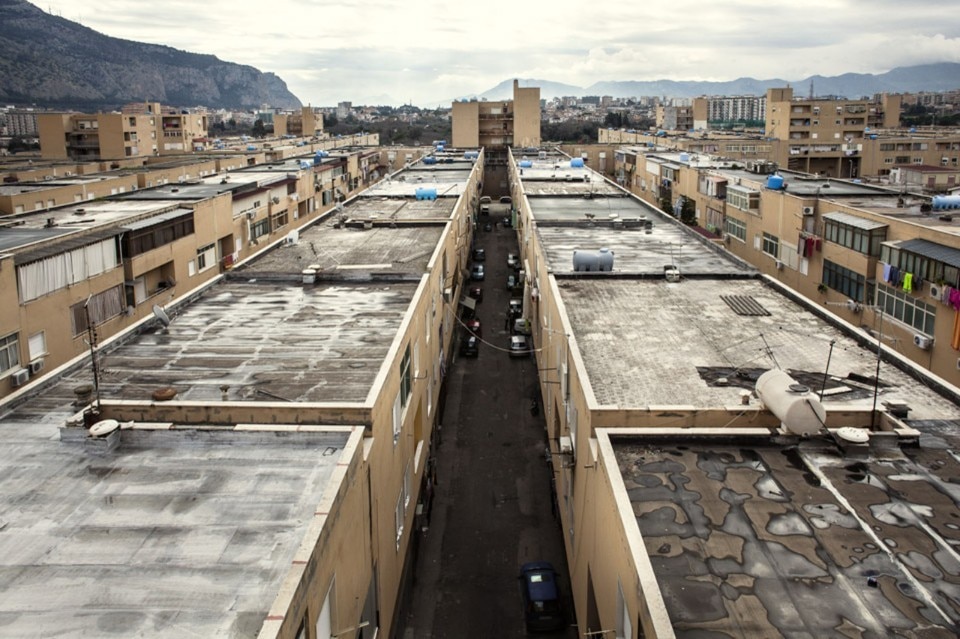
Unfortunately, very often the dreams that have been put on paper over the course of time have been shattered under the blows of composite environmental and socio-economic dynamics that have exacerbated the very segregation and social injustice that the works were intended to combat: the traces of an agonising Utopia often remain, amidst regurgitations of change and the waving of white flags, to make us reflect even today on the role of architecture in positively – or negatively – influencing the complex processes of transformation of the territory and society.


